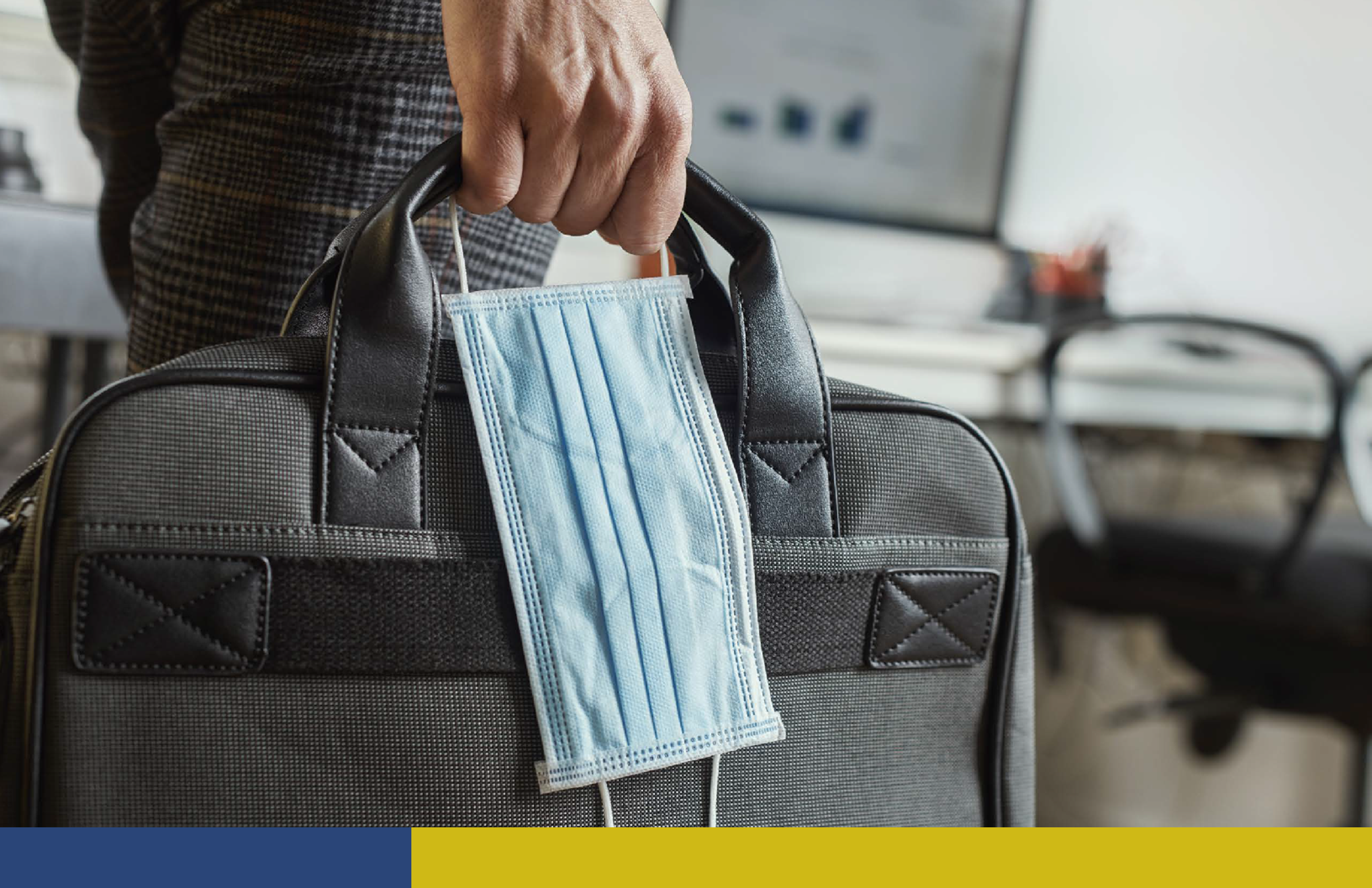
Public health emergencies can be natural (epidemics or disease outbreaks) or human-caused events (bioterrorism). Usually they involve communicable diseases that spread through the community. A communicable disease, or an infectious disease, is spread from an infected person to another. This can be through a variety of ways that include breathing in an airborne virus, contact with blood, or being bitten by an insect.
Floods, earthquakes and other natural disasters can cause damage including disruption of safe drinking water supply or sewage system operation, which can lead to a public health emergency. The Sacramento County Public Health Officer will issue general advice about what to do under such circumstances, but is also authorized to issue legal orders that must be followed.
You can find information both before and during a public health emergency at the Sacramento County Public Health website.
To protect yourself and your family during a public health emergency, follow these recommendations.
- Listen to radio and television news for current information about the emergency and instructions.
- Follow instructions from public health authorities such as reporting to identified centers (or PODs) to receive medication or vaccines.
- In your home disaster supply kit include medications to care for symptoms of illness. See “Preparing for
- Emergencies" on page 6 for details on disaster supplies.
- Call your doctor for advice.
- Go to the hospital or call 911 if you have a life-threatening emergency.
To help prevent the spread of communicable disease, follow these guidelines.
- Stay home when you're sick (isolation).
- Stay home if you recently were exposed to a sick family member or close friend (quarantine).
- Avoid close contact with others (stay at least six feet apart).
- Cover a cough or sneeze with a tissue, your sleeve, or even a medical mask.
- Wash your hands frequently, or use an alcohol- based hand sanitizer if soap and running water are unavailable. Be especially careful to wash your hands and follow other hygiene measures when caring for a sick family member.
- Wear a medical face mask (surgical or dust mask) when you are unable to avoid close contact with others (as on public transportation).
Point of Dispensing (POD)
A Point of Dispensing (also known as a POD) is a location that is used during a public health emergency to quickly distribute medications or give vaccinations to a large number of people. PODs may be opened throughout the community when it is determined that a large portion of the population is at great risk to a contagious disease or other biological agent. Many types of facilities could serve as a POD such as a business, school, church or community center.
